On the east coast of the United Kingdom – and particularly in Scotland – it is not uncommon throughout the summer season for otherwise pleasant days to be afflicted (or enhanced, according to your predilection) by dense mists that roll in from the ocean.
Of these phenomena the UK Met Office offers the following explanation:
“Coastal fog is usually a result of advection fog which forms when relatively warm, moist air passes over a cool surface. In the UK, the most common occurrence of coastal fog is when warm air moves over the cool surface of the North Sea towards the east coast of the UK.
When this happens, the cold air just above the sea’s surface cools the warm air above it until it can no longer hold its moisture. This forces the warm air to condense, forming tiny particles of water which forms the fog that we see.”
In Scotland such cold sea fogs go by the name ‘Haar’; in the north of England they are called ‘Sea Frets’.
The west coast of Vancouver Island is well known for its sea fogs in summer, the which lead to the month of August being renamed ‘Fogust’.
Here on the east coast of the island these events are perhaps less common, but they still do take us by surprise from time to time…
…as did this one last weekend.
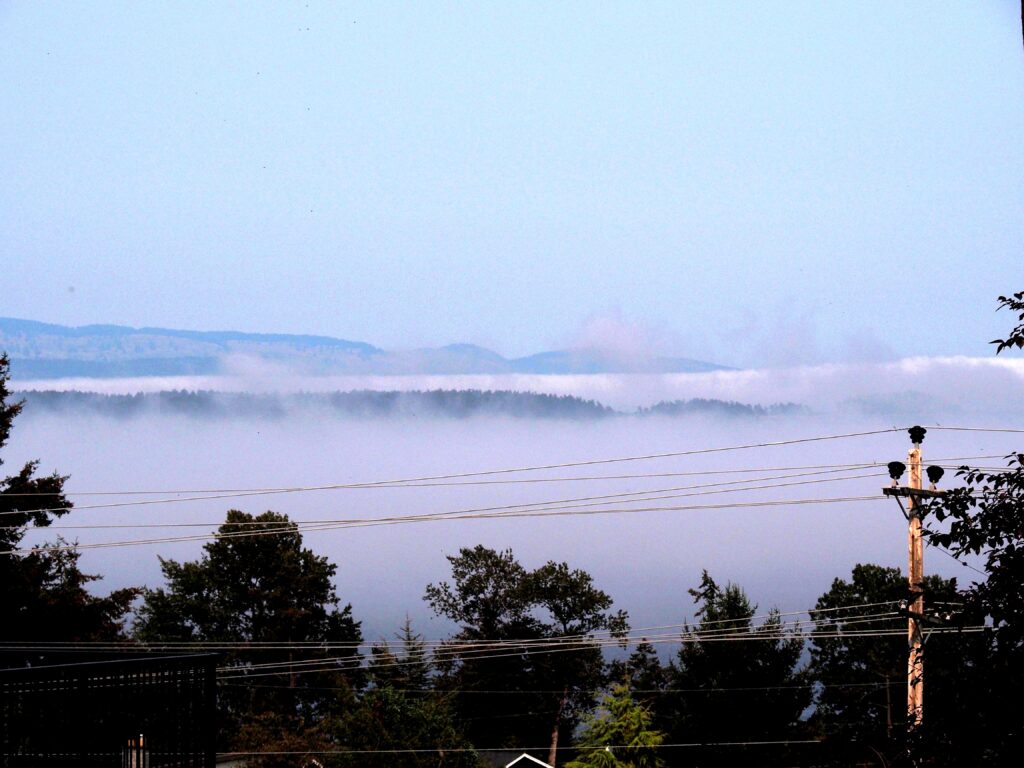
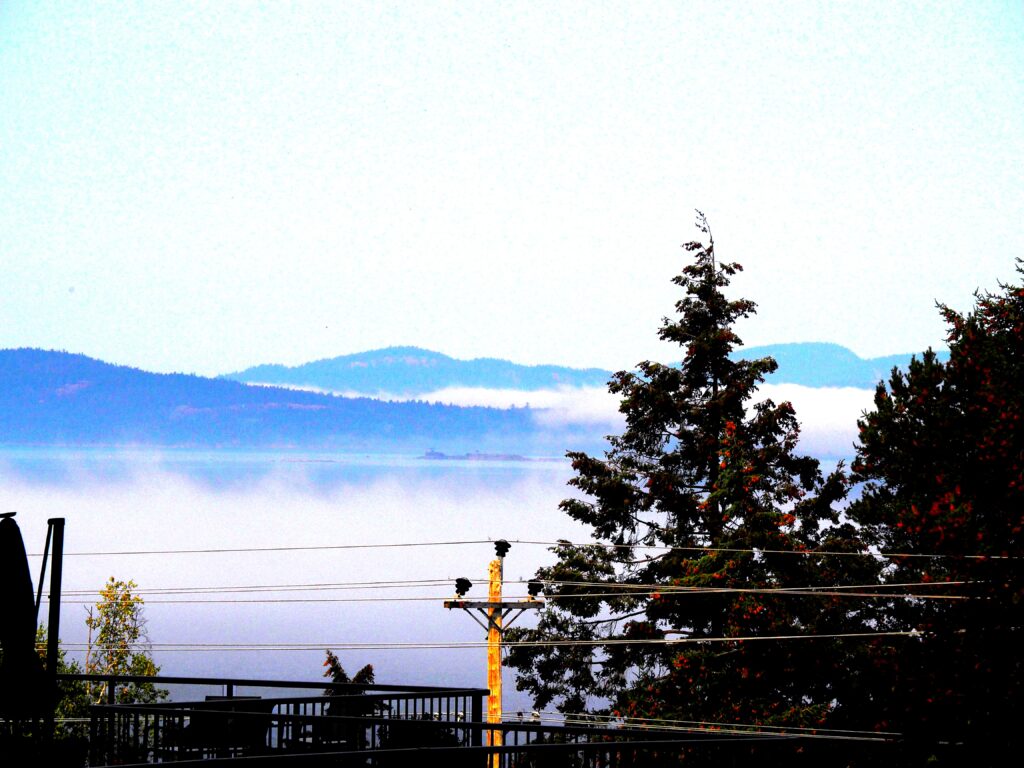
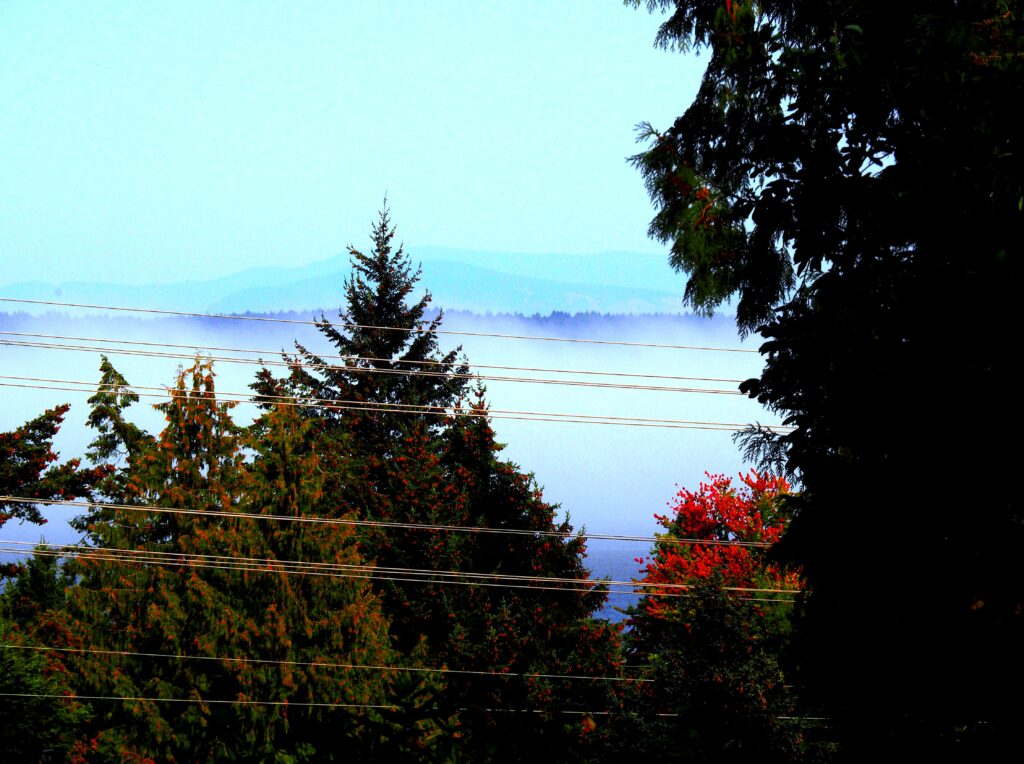 From our vantage point on the lower slopes of Mount Newton we can see over the top of the fog to Sidney Island and to Pender Island. The sea mist lies in between over the Haro Strait…
From our vantage point on the lower slopes of Mount Newton we can see over the top of the fog to Sidney Island and to Pender Island. The sea mist lies in between over the Haro Strait…
…or might that be ‘Haar’ – or ‘Sea Fret’?









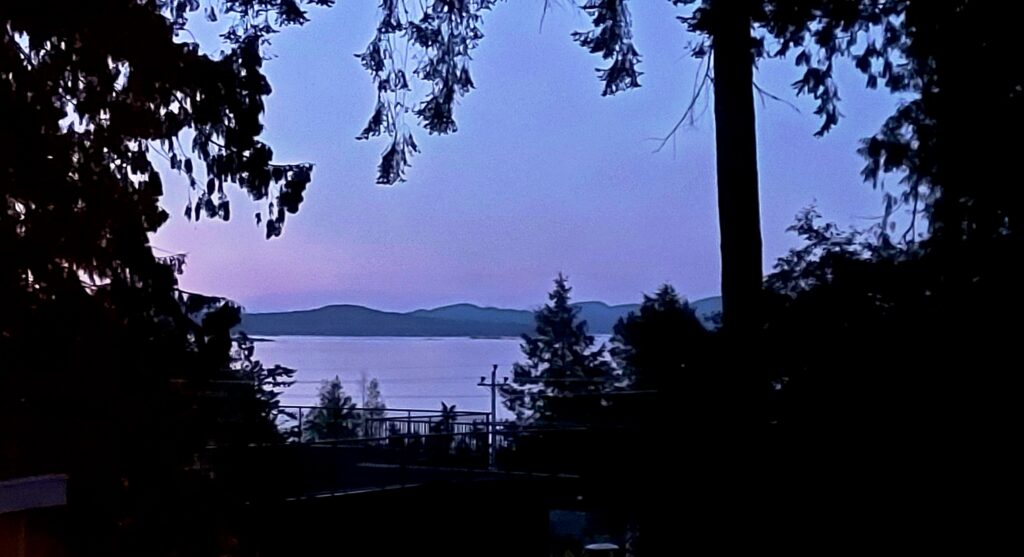
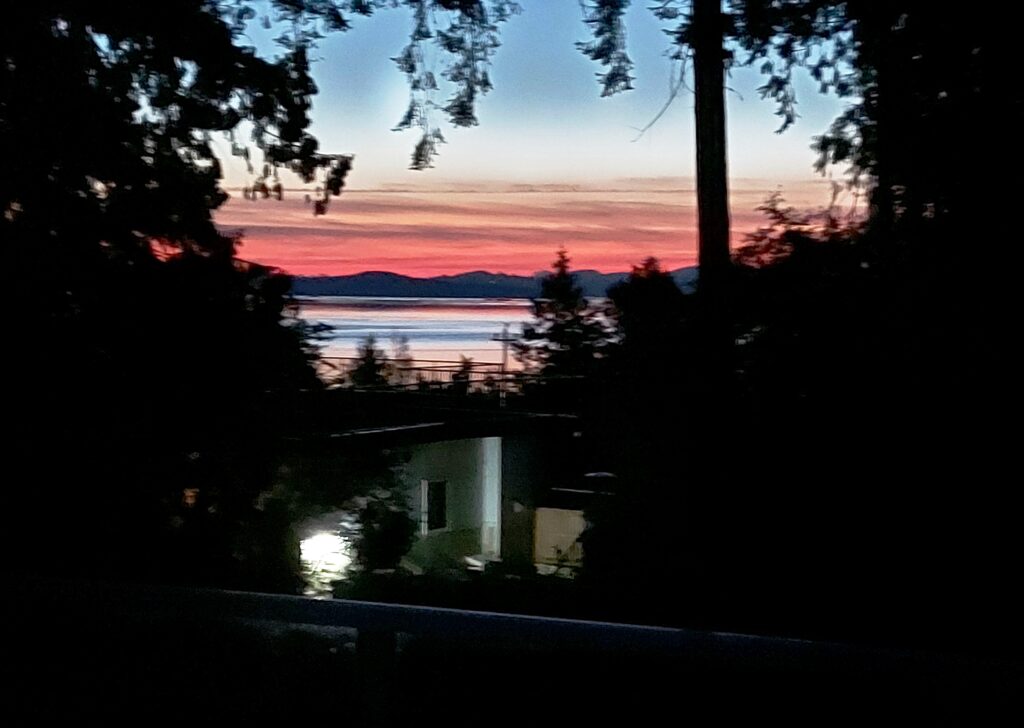

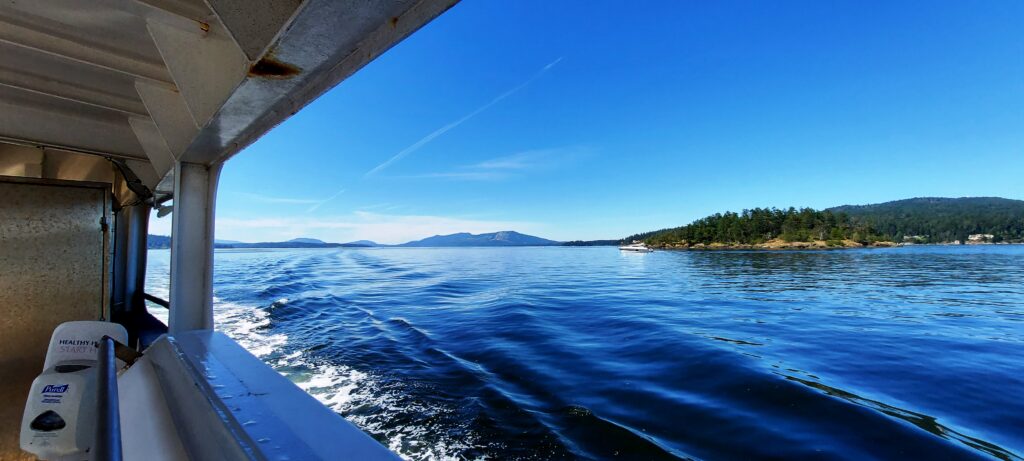
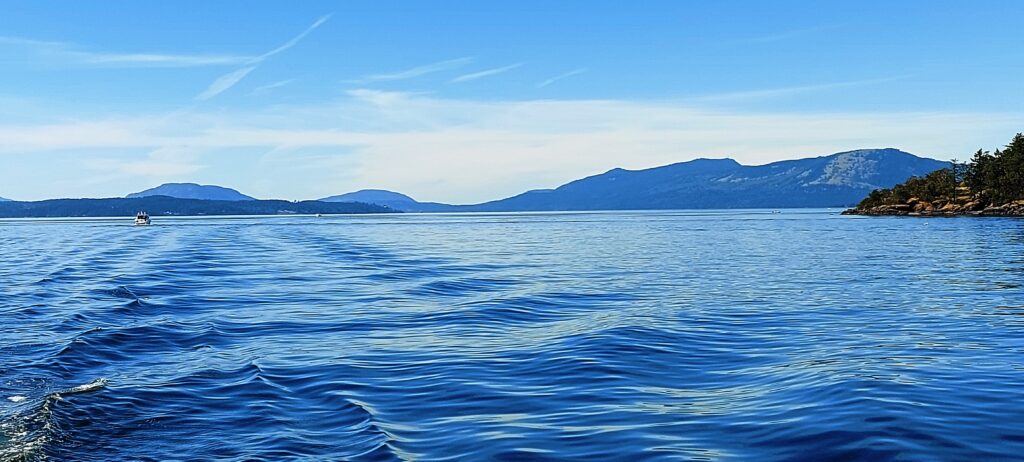










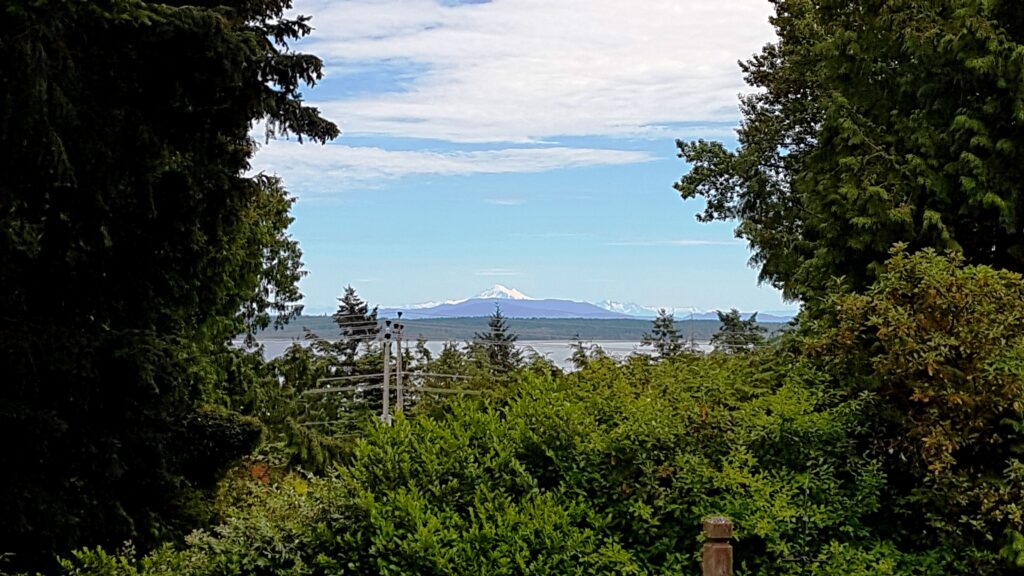

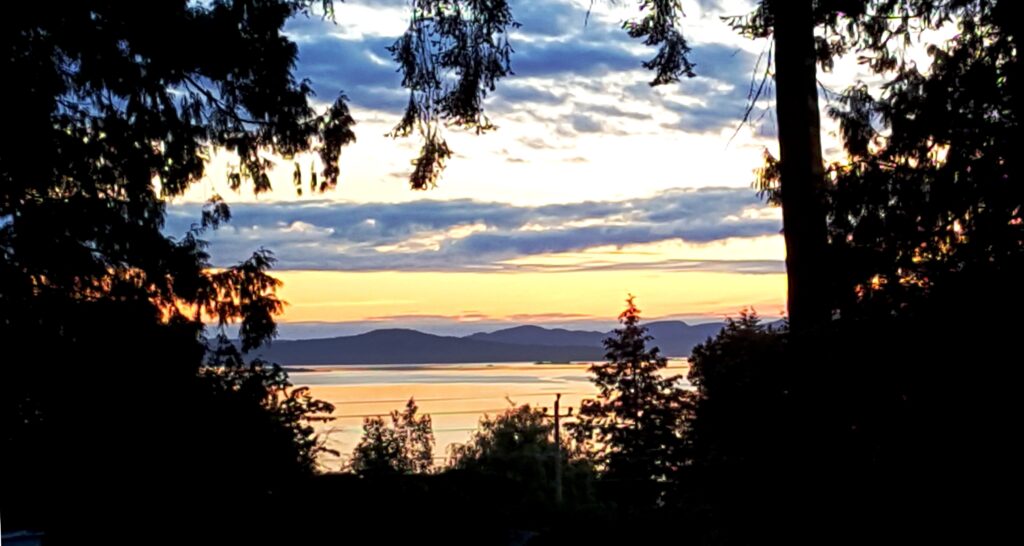










Recent Comments